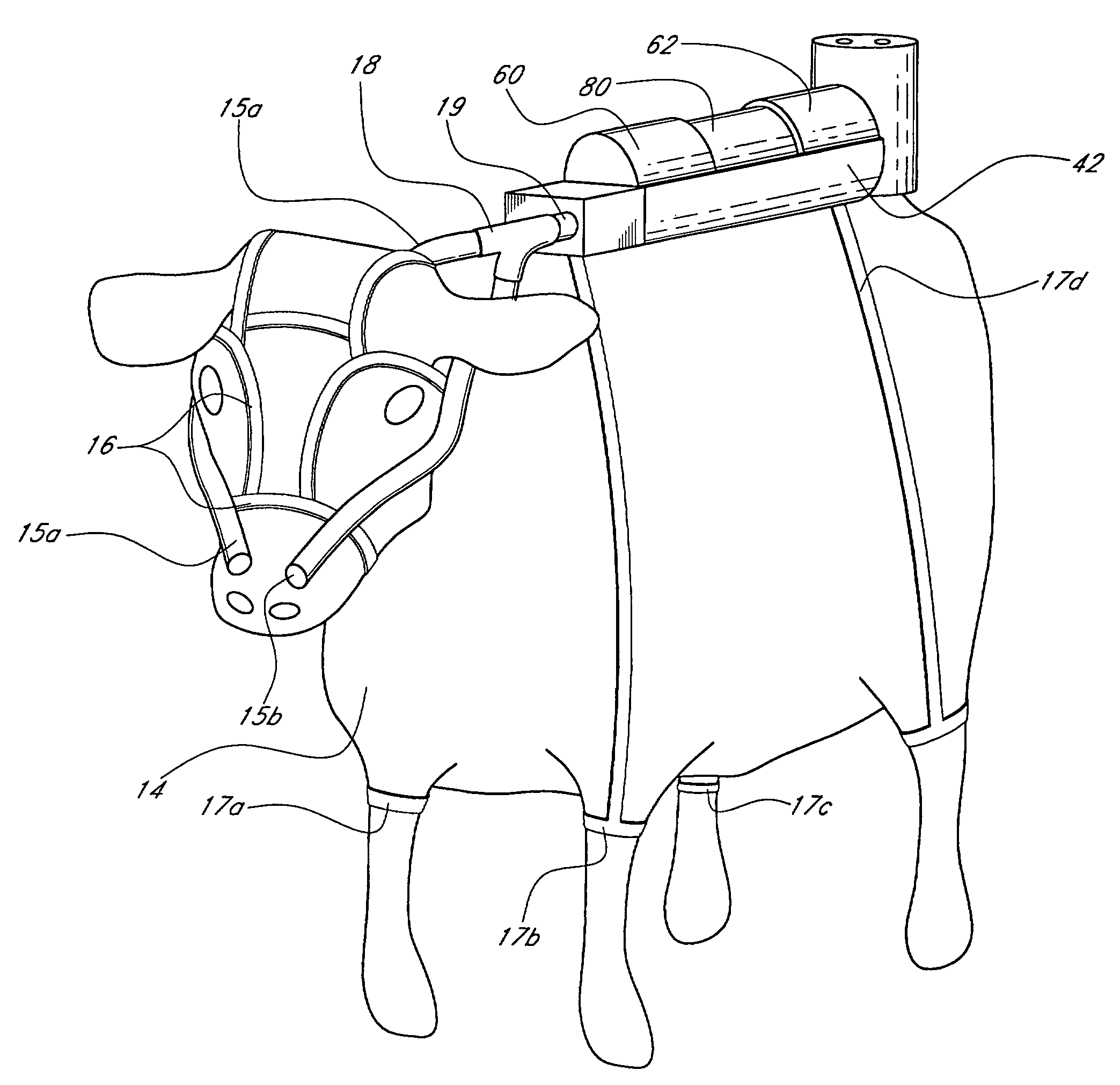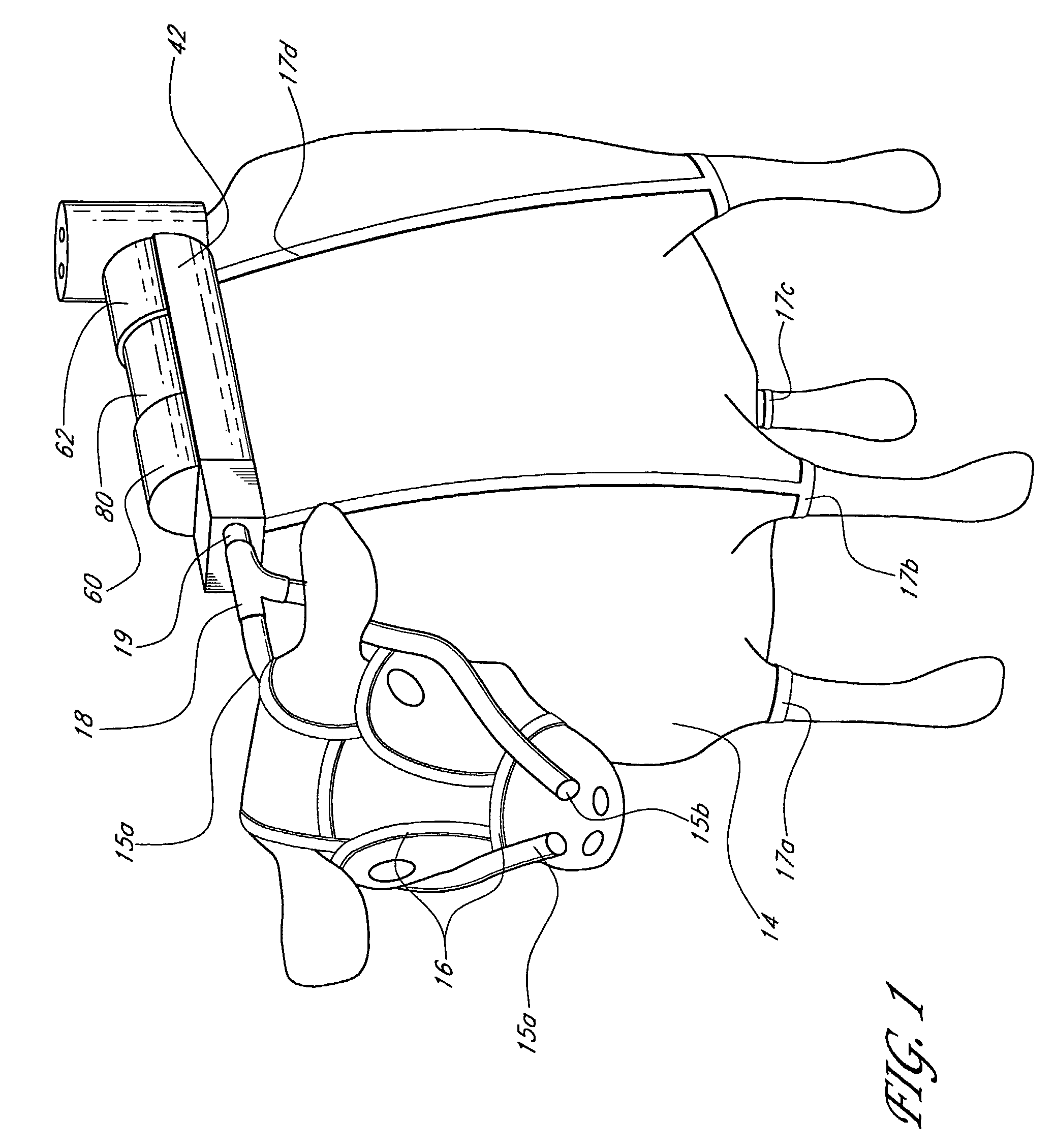Process for the treatment of methane emissions
a technology of methane and process, applied in the field of system and method for the treatment of methane emissions, can solve the problems of inability to produce useful quantifications of polymers by methanotrophic organisms, inability to teach or suggest an effective method of destroying gaseous emissions that comprise methane to produce polymers, and high cost of operating the system. achieve the effect of reducing or eliminating the concentration of nitrogen availabl
- Summary
- Abstract
- Description
- Claims
- Application Information
AI Technical Summary
Benefits of technology
Problems solved by technology
Method used
Image
Examples
example 1
[0163]The following example describes the processing of methane emissions from a landfill site. One of skill in the art will understand that the method described herein can also be used for any site that produces methane, such as coal mines, wastewater treatment plants, manure digesters, agricultural digesters, compost heaps, or enclosed agricultural feedlots.
[0164]In one embodiment, a landfill site that produces methane emissions will be identified. Landfill gas extraction wells and blowers are employed to draw landfill gas out of the landfill using equipment and technology that is used by any landfill gas extraction or environmental services firm, such as LFG Technologies of Fairport, N.Y., USA or SCS Engineers of Long Beach, Calif., USA. The methane content of the extracted landfill gas can be monitored for the production of methane using any methane detector commonly used by an environmental services firm. If the methane concentration is greater than about 1%, the landfill will ...
PUM
| Property | Measurement | Unit |
|---|---|---|
| concentration | aaaaa | aaaaa |
| concentration | aaaaa | aaaaa |
| concentration | aaaaa | aaaaa |
Abstract
Description
Claims
Application Information
 Login to View More
Login to View More - R&D
- Intellectual Property
- Life Sciences
- Materials
- Tech Scout
- Unparalleled Data Quality
- Higher Quality Content
- 60% Fewer Hallucinations
Browse by: Latest US Patents, China's latest patents, Technical Efficacy Thesaurus, Application Domain, Technology Topic, Popular Technical Reports.
© 2025 PatSnap. All rights reserved.Legal|Privacy policy|Modern Slavery Act Transparency Statement|Sitemap|About US| Contact US: help@patsnap.com



